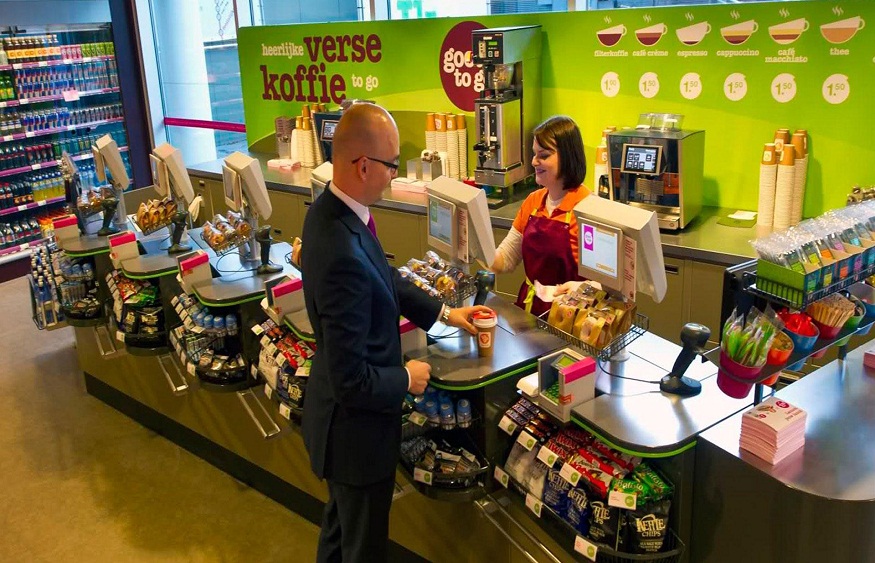Food packaging has the most important function. It prevents food from getting contaminated, keeps food fresh for a longer period, and is convenient when transported. Companies worldwide require appropriate food packaging to be effective and environmentally friendly. As an owner of a food production business, the right choice of packaging indeed adds to the quality of the food to be packed.
This article intends to detail various types of food packaging solutions, their advantages, and how firms can approach acquiring those products.
What are food packaging solutions?
Food packaging solutions therefore encompass all the methods and materials that are used to package food. Here, packaging simply protects the food so that it remains fit for consumption and has not gone bad in any way. Snacks that are to be sold in bags should also be packaged in bags that are hard-wearing and that cannot be affected by humidity.
Some of the most common food packaging solutions that are used today:
- Plastic packaging: One of the most commonly used materials in packaging construction is this. As well, it is light in weight; it is hard and offers a good barrier for the food from getting in contact with air, moisture, or bacteria.
- Paper and cardboard packaging: This is ideal packaging material for dry foods like cereals and baked goods because it is environmentally friendly and very easy to recycle.
- Glass packaging: Another colourful and reusable pack type adopted for liquids and especially preserves it is a pack type that provides a very high degree of product protection.
- Metal packaging: Cans and metal containers are used in canned food products and canned goods. Can and tin products are an ideal choice to use in the long-term storage of foods and other consumables.
- Flexible packaging: This is a relatively modern type of packaging that comes with several advantages for the food industry. Being flexible, portable, and can be modified, it is most suitable for use with any food product.
Why is packaging important?
Packaging is essential, firstly, because packaging damaged products will also affect their sales or usage by consumers.
Secondly, packaging keeps the food fresh because this also plays a vital role in packaging. For example, the use of vacuum bags, whereby air is evacuated from the packaging to preserve the taste and texture of such products as meat and cheese.
Another, or rather more significant, factor is convenience. Suitable packaging enhances the manoeuvring of the food items by the customer as well as storage and transportation. For businesses, packaging can also be considered a branding aspect. This means that the design shape, colours, and logo used in the packaging can cause the product to fall into the customer’s hands.
Types of food packaging materials
It is important to note that there is a wide range of mother materials that can be used in food packaging. Each has its benefits, as indicated below depending on the type of food that is to be packed.
- Plastic
PVC is preferred among all types of packaging material since it is manufactured from plastic. It happens to be flexible and small in size, and its utilisation does not require a lot of money. - Glass
A colourful and reusable material often used for liquids and preserves, offering a high level of protection. - Aluminium
It is used extensively in producing canned foods and drinks through the packaging to enhance the preservation of the products. It is a very durable material that is also light, and the bag shields the product from light and moisture. - Paper and cardboard
Most pre-packed bakery products, cereals, and most fast foods are packed in paper or cardboard materials. This material is environmentally friendly and can be recycled since it has good recycling abilities, and it can be categorised as an easy-to-customise material. - Flexible packaging
Flexible packing is becoming more common because it is versatile. It comes in such materials as plastic, paper, or aluminium and is ordinarily light in weight. Barrier shrink wrapping works well with snack products, any other frozen foods, and many other products in the food segment.
Picking the appropriate packaging material for products
There are specific factors which include the type of food, the shelf life, the process of transporting it, and the sustainability of the food packaging. For perishable products like meat, which has a very short life span, or even fresh vegetables and dairy products, the packaging should have the ability to keep fresh. Snacks or grains that form the staple diet in most societies require packaging that is both moisture-proof and strong.
There are also environmental consequences of packaging that must be a concern for businesses. Papers used to order food packaging products should be recycled papers or biodegradable plastics, which are now familiar to consumers.
Here are a few tips on how to order packaging:
Determine your needs: Determine whether you are packaging fresh foods or processed foods, as well as the number required. That should help you make the right decision as to which kind of packaging material and what size will be most convenient for the same.
- Research the packaging suppliers: The food packaging products are offered by different companies. While packaging materials, opt for a supplier that supplies quality, durable, and eco-friendly packaging material.
- Customisation: If you want to alter the design on the package, you can get your logo design or any design on the packaging. Most suppliers have special services that can be used to market your brand, and this is one of them.
- Bulk orders: If the packaging that is required needs to be in large numbers, then to avail of this facility, one needs to place an order for bulk or large quantities. When shopping from this shop, ensure that you investigate the available delivery options and the times of delivery.
Conclusion
Hence, the flexible packaging division is changing the face of food product packaging and distribution. They offer businesses a more modern, environment-friendly, and cost-effective alternative to packaging, and this is where businesses have a competitive advantage in the market. It is something that one should consider when talking about the advantages of flexible packaging, whether one is looking to improve on their existing packaging or seeking new packaging.




